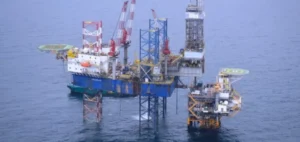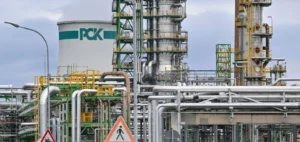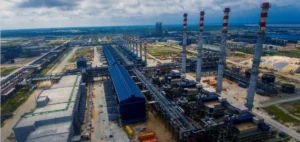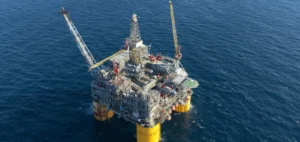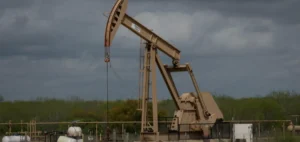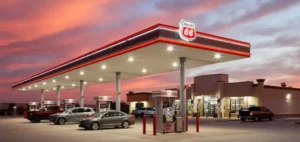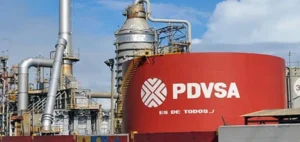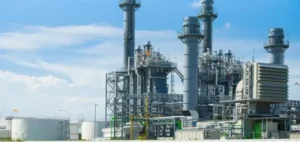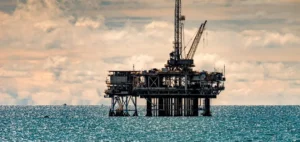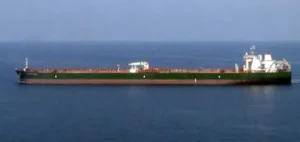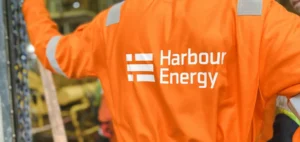Saudi Basic Industries Corporation (SABIC) recorded its third consecutive quarterly loss in the second quarter of 2025, pushing the petrochemical giant to intensify its restructuring in the face of a structurally challenged market. The company reduced its investment forecast by $500 million, now setting a range between $3 billion and $3.5 billion for 2025, as global overcapacity reaches record levels of 218 million tonnes.
European closures and portfolio optimization
The closure of the Teesside cracker in the United Kingdom in June generated 3.78 billion Saudi riyals in charges and provisions, illustrating the scale of challenges facing the European industry. Salah al-Hareky, SABIC’s executive vice president for corporate finance, confirmed that the company was exploring market consolidation opportunities through partial or full exits, particularly in Europe and the United States. This strategy comes in a context where European crackers are operating at only 70-75% of their capacity, well below the 80-90% expected by the industry.
CEO Abdulrahman al-Fageeh emphasized that the petrochemical industry remains structurally challenged, including prolonged global overcapacity and sustained margin pressure. A dedicated project management office has been established under direct board oversight to accelerate portfolio optimization with discipline and urgency.
Strategic projects maintained despite challenges
Despite these difficulties, SABIC maintains its strategic investments in Asia. The Jubail MTBE (methyl tert-butyl ether) project, with a capacity of one million metric tons per year, shows a 95% completion rate, with commissioning scheduled for the third quarter of 2025. The Fujian petrochemical complex in China is progressing according to the allocated schedule and budget, demonstrating SABIC’s commitment to the Asia-Pacific region.
The company also announced the strategic evaluation and planned initial public offering of its National Industrial Gases subsidiary, as part of its portfolio optimization strategy. This initiative is accompanied by a strong commitment to sustainability, with ambitious carbon neutrality goals by 2050 and a 20% reduction in greenhouse gas emissions by 2030.
Financial performance under pressure
Second-quarter revenues fell 0.4% compared to the previous year, settling at 35.57 billion Saudi riyals, despite an increase in sales volumes. Petrochemical sales volumes increased by 3% while average prices fell by 3% on a quarterly basis. This divergence reflects the challenges the industry faces, with demand weakened by global economic uncertainty and abundant supply.
SABIC’s A+/A1 credit rating remains among the best in the global chemical sector, offering some financial resilience. The company introduced 58 new products for its customers in the second quarter of 2025, demonstrating its continued commitment to customer-centric innovation despite market headwinds.
Impact of Chinese self-sufficiency on exports
A critical factor affecting SABIC and the entire Middle Eastern petrochemical sector is China’s rapid progression toward self-sufficiency. Chinese producers could cover 75% of domestic demand for high-density polyethylene, 94% for linear low-density polyethylene, and over 100% for polypropylene by 2025. This structural transformation is forcing traditional exporters to rethink their market strategies and explore new destinations such as Africa and Latin America.
China’s ethylene capacity is increasing by 6.5% per year and is expected to reach 87 million metric tons by 2030, more than triple the European Union’s current capacity. This massive expansion, combined with the construction of facilities in Southeast Asia to bypass Western tariffs, is fundamentally reshaping global petrochemical product trade flows. Middle Eastern producers, historically dependent on exports to Asia, must now navigate a radically different commercial landscape where their main export market is progressively becoming self-sufficient and even a net exporter for certain products.









